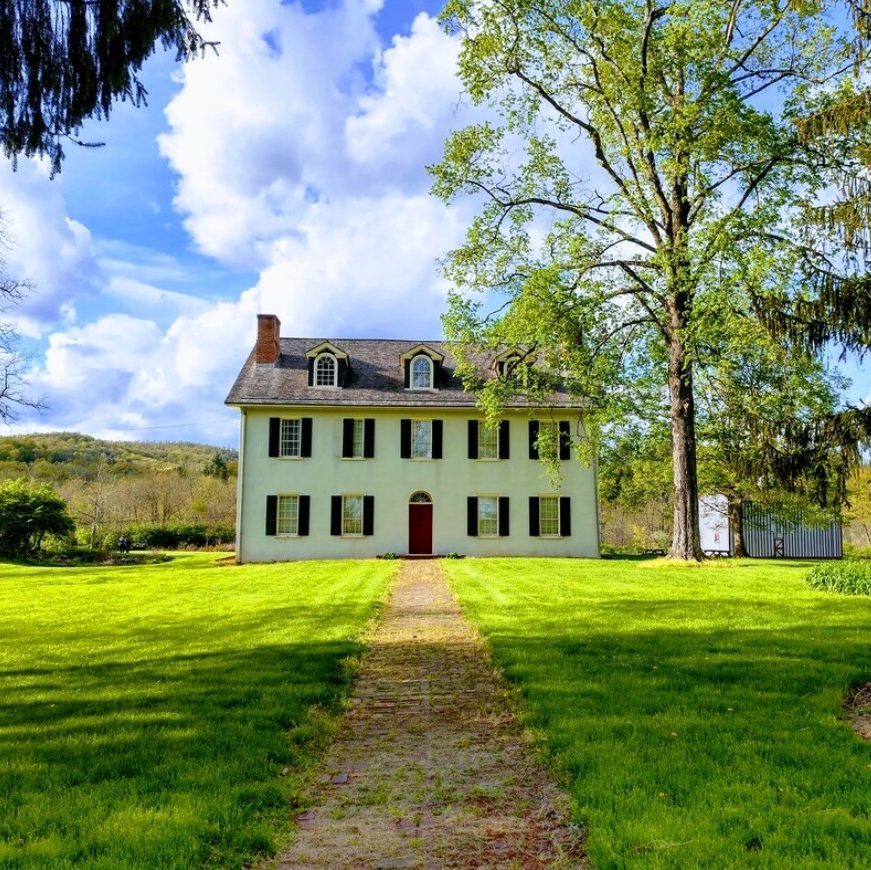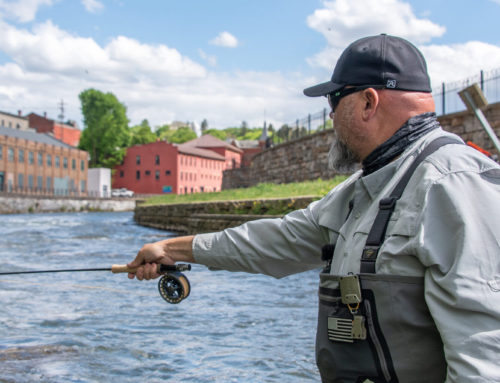– by Sean Yoder
Travelers can explore museums and historical sites in Happy Valley that showcase Happy Valley’s rich history. The Delaware, Shawnee, Mingo, and Iroquois tribes made their life off the land by planting crops in the fertile valleys and hunting game among the ridges of the Appalachian Mountains. Explorers and settlers arrived in the mid-18th century, and industry would soon follow a couple of decades later with the discovery of iron ore.
The towns of Centre County would grow around industry and agriculture and as the crossroads for the movement of goods and people, giving each their character, from Philipsburg’s lumber and coal roots to Bellefonte’s prosperous and powerful residents of the 19th century. The region’s agriculture roots run deep. Farmer’s High School opened its doors in 1855 to provide agriculture education and would evolve into the Land-Grant institution of Penn State.
Centre County’s historical organizations have worked hard to preserve the heritage, architecture, and relics of the area’s proud past.
Eagle Iron Works & Curtin Village
251 Curtin Village Road, Howard | curtinvillage.com
The Eagle Iron Works were in operation for an impressive 112 years, when the average age of regional iron-making companies was 15 years, according to the Roland Curtin Foundation, which preserves and continues development of the site through research and education.
Located off State Route 150 in Howard, Curtin Village features a Federal-style mansion, blast furnace and ironmaking complex, workers’ village, and the personal carriage of Andrew Gregg Curtin, who was governor of Pennsylvania from 1861-1867. All are available for tours during the second and fourth Saturday from June through September starting at 2 p.m. Tours can also be arranged outside these times by contacting Curtin Village at 814-355-1982 or curtinvillage@gmail.com.
Read the full article on The Adventure Bureau Dispatch!



